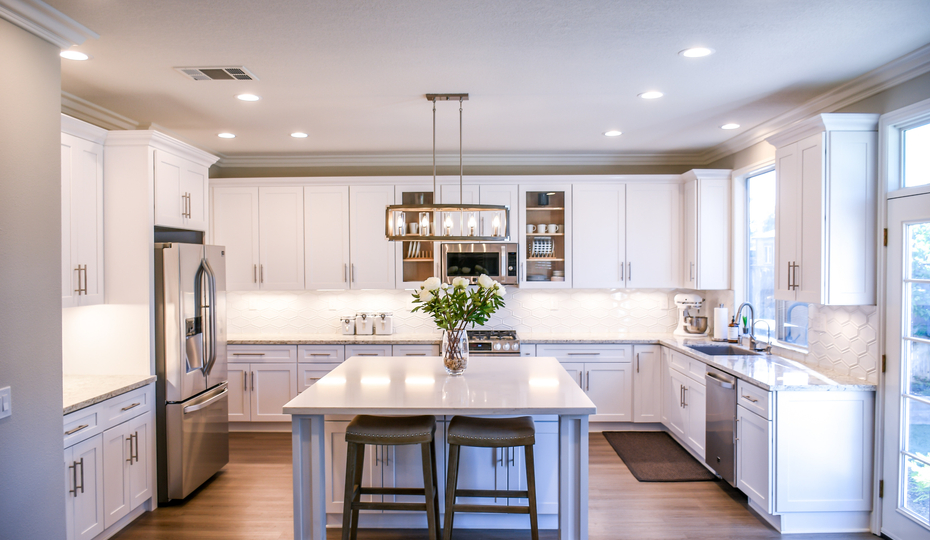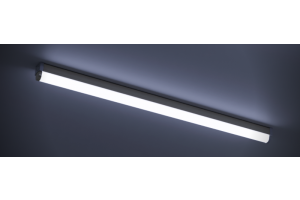
Colour temperature is used by manufacturers to classify the colour of light that’s emitted by a luminaire. Colour temperature is measured in Kelvin and is classified from “warmer” to “cooler” colours- see some common examples below
Another way of showing colour temperature is using an international colour code. Usually the code consists of three digits, the first of which refers to the CRI (Colour Rendering Index) which consists of 10 levels that shows measurement of light clarity, the second & third refer to the colour temperature. For example, colour 840 has CRI of 8 and a colour temperature of 4000K. See below for an example of this as shown on a fluorescent tube, plus other common international colour codes along with product examples in relation to their corresponding CRI.

Different colour temperatures lend themselves to different environments. For example, luminaires which have a 6000K colour temperature are more likely to be located within kitchens and warehouses than in homes, whereas warmer temperatures 3000K would be more likely found in hospitality areas and living rooms, see below for further examples:
Here at Northgate Lighting we offer a wide range of different luminaires which are classified with many different colour temperatures.
There are products which don’t limit themselves to one colour temperature, thus offering colour changing options for the user. This includes the Bright Source All In One downlight.
The colour change is managed via a switch on the front of the unit behind the magnetic bezel, allowing the colour temperature to be changed between 3000K, 4000K & 6000K. Not only does this make it easier to change colour temperatures once the unit has been installed, it is also an effective space saver when stocking a large number of the downlights, as opposed to having downlights in each colour temperature. See below for the different examples of the colour temperatures available:







